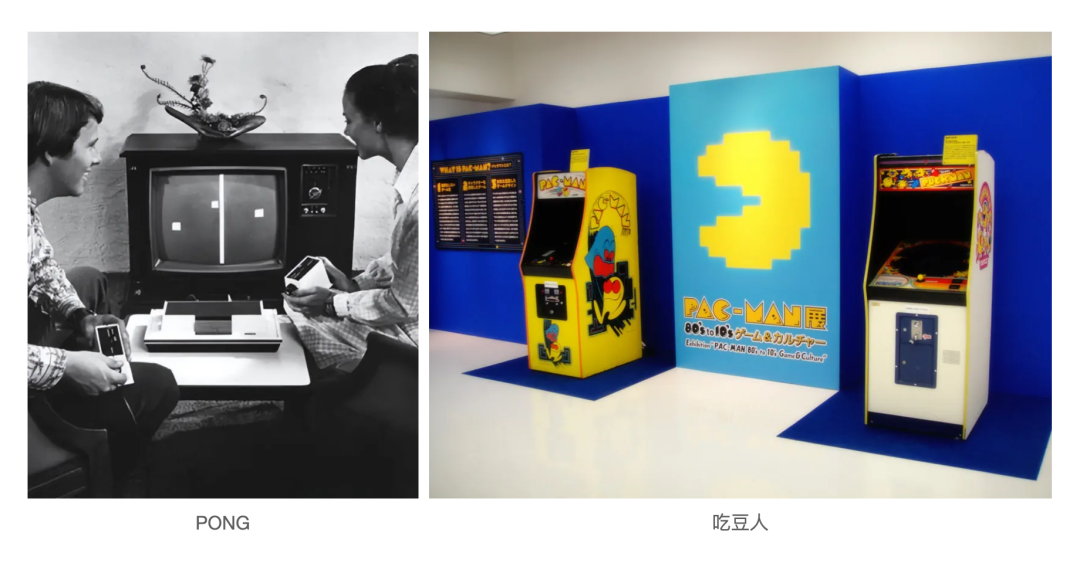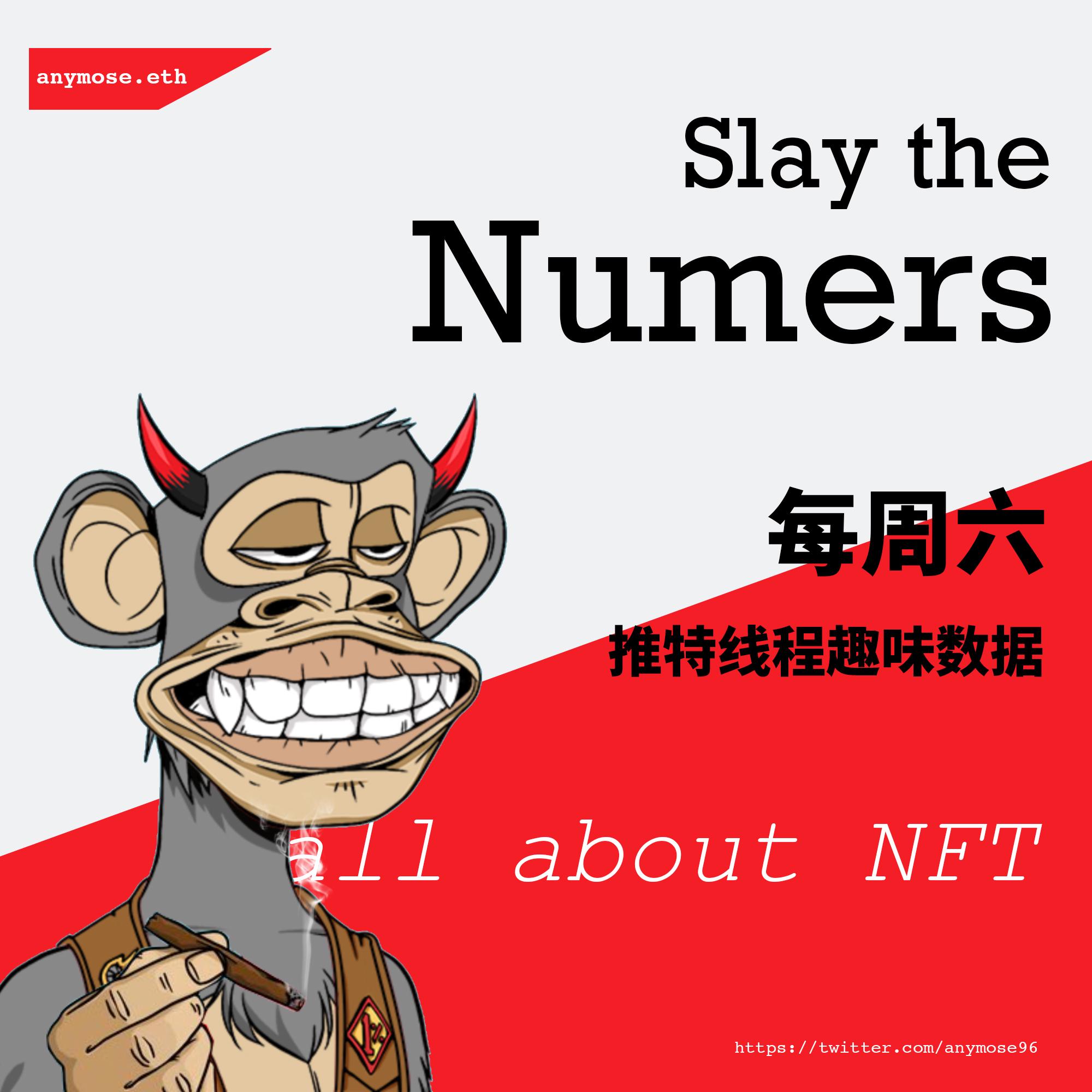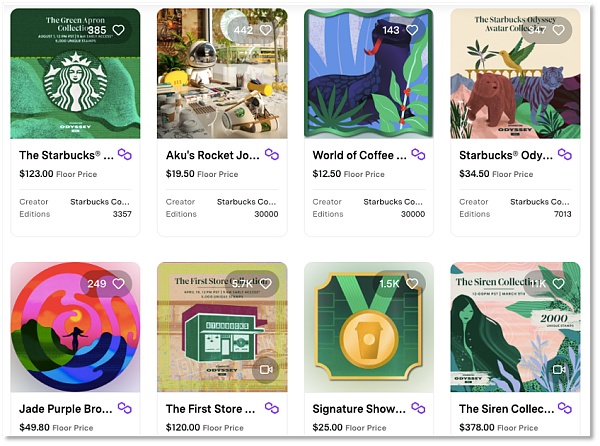Let's talk about DAO from a human perspective
Introduction: The technology of DAO is becoming more and more perfect, but there are still many social obstacles when using DAO to do things. This article explores what improvements DAO needs to make in terms of humanity.
—- Yefan Huang
Original title: The Human Side of DAOs Author: Ivan Thinking Translation: Yefan Huang
- Dialogue | The epidemic connects everyone more closely to the digital world blockchain makes it more credible
- You "don't need" DAO: What is the necessity of DAO?
- Industrial Blockchain Weekly Report | The first batch of virtual banks has been internally tested, and the ICT Institute launches a blockchain-based resumption platform

Tip for readers: I know the Alchemy platform, especially GenesisDAO. Although there are slight differences between different DAO platforms, most of the content below is not related to the technical characteristics of DAO and is applicable to all.
In the past few years, people have focused on developing the functions that DAOs rely on, such as core software and underlying smart contracts. Now that there is a mature software framework, people try to use DAO to do something meaningful, and people who do n’t know programming can also carry out radical experiments in the DAO field, but there are still many social issues outside the technology that need to be solved. If you want to continue to improve, DAOs need to become more mature in terms of human nature.
Engine to complete the project
To better understand the human and software challenges that DAOs now face. We need to understand the practical use of the DAO platform today.
A hopeful futurist will be very excited when he hears "decentralized autonomous organization", they expect to see a neutral distributed entity emerge, based on trust and automatic code operation. However, DAOs in reality have failed to avoid the chaotic nature of human interaction. Today DAO can provide some simple functions through interfaces like Alchemy, but most activities are still performed on the artificial side of the system.
DAOs integrated into the software framework can currently implement the following functions:
1 · Accept the proposal written by the participants and submit it to the group to vote, the proposal can generally take two forms:
Governance (aka signalling)-make a proposal that requires the establishment of rules. "We should perform action X or rule Y as DAO" (for example, if the user does something that contributes, we give * REP [see note below] as a reward.).
* Note: REP is a tokenized personal reputation, awarded to individuals based on various contributions in DAO. REP can be issued as a reward for completing the work, or a reward for the user's continued participation in the DAO. REP is a non-exchangeable measure of voting rights, which will be gradually diluted as the total amount of issuance increases. In this way, members who contribute value will regularly get a greater say in voting on proposals. (The translator thinks that REP can only be issued on the platform, and cannot transfer funds to each other, so as to prevent someone from buying the majority of REPs and causing oligarchs to appear, and REPs will be continuously issued to cause inflation. Use the depreciation brought by inflation to guide holders to spend REPs as soon as possible Go out to vote)
Payment-Proposal to pay for what you do. "I will do (or have already done) Event M and hope to earn income N" (for example, I will host a DAO conference to recruit new enthusiasts, hoping to get paid for 2 ETH and 50 REP)
2 · Accept and count. Voting is weighted by the voter's reputation (such as REP, issued in various ways, such as rewards for successful proposals, or paid as a form of payment [see second "payment" above)
3 · Control a set of digital asset wallets to automatically pay for recommendations that pass. Payments can be selected in REP and / or DAO controlled tokens, such as ETH or any ERC-20 token
The above are basically the functions that DAOs currently integrated into various software frameworks can implement.
In addition, there are many features under development. The capabilities of DAOs are not limited to a good accountant and virtual project manager. But what these two DAOs can do is enough to expose many difficult human issues worth exploring.
When you have a new DAO platform, you need to decide what to do with it. When using this DAO to complete a task, there will be some problems, and many secondary problems will be derived from the problems just encountered.
· For example, if you want to make an accepted proposal, what should the proposal look like, and how specific is it? How do we develop a unified standard to measure different proposals?
· What social or behavioral rules does DAO need to follow in order to work meaningfully? How should we come up with these rules?
· How do we distribute reputation? When initiating a vote, should we give REP to early adopters to start voting? If so, how long does this last and how many REPs do we need to allocate?
· Do we want participants to identify themselves? Or do we only need to use pseudonyms, or do we have a real name system?
· What is the value of labor? If we decide to pay for a job
The above questions, and many others. A general direction for DAO. In the absence of any guidelines, many things are like a scuffle. The format of a proposal can range from praised tweets to term papers, or payment schemes can range from generosity to generosity, which is a disconnect. , Inefficient disaster. This is exactly what DAO wants to change. But DAO is so new that there are no templates available, and those templates are usually designed to meet the needs of the public. There is no known stable and well-tuned initial build as a ready-made solution. These areas are still blank.
Questions about DAO participants
To prove this early state of the DAO field, the latest tweet from Matan Field (co-founder of DAOstack, DAOstack developed Alchemy, a solution stack for running DAO) raises an important question:

Figure: Matan Field: What do you think is the hardest problem in decentralized governance?
He usually refers to it as "decentralized governance" in his posts, and his initial conversational string (and the answers he got) gives a hint "implicit in DAO". Everyone answers from their own perspective, and several answers have been obtained. I thought about it myself, and sketched out my thoughts on a napkin when I was out drinking beer. Later, when I looked at the responses I received, I found that many of them revolved around two areas that I considered separately.
I hereby hope that the original tweet author will forgive me for copying the tweet, so as not to make mistakes in the quotation of the tweet in this article.




Those answers: culture and structure
Before reading the opinions of others, I thought about Matan's question, "What do you think is the hardest problem in decentralized governance?" The first thing I thought of was a grand scene. I have imagined that all human-centric DAOs need to run smoothly, especially considering that many contributors interact in different time zones and are unknown to each other. Matan asked what is the most difficult question in decentralized governance. In short, my opinion is: Complete all builds correctly to promote correct behavior when or shortly after launch. The idea of building an infrastructure, defining appropriate behaviors, and promoting them involves two focus areas: culture and structure.
culture
DAO's culture is spiritual. Culture tells us who we are and why we have such problems. It guides sponsors and voters in roles linked to longer-term careers. Culture reduces ambiguity in terms of morality, character, personal adaptation and purpose. Culture is the product of collective creation, including blogs, dialogues, mission statements, actions, core values, and even failed proposals. It is important to establish a purposeful basic culture from the beginning of the project to guide disorderly creators and strengthen the connection between people. Otherwise, the cultural gap in the early stage of the team will always be filled up. If we do not consciously guide an orderly mechanism to generate, it may be replaced by some chaotic mechanisms.
Cultural issues
In DAO, a weak or ambiguous culture can cause several problems:
1 · Participants will not reach a consensus on the goals of the DAO, and they can use it as a basis for decision making when there is consensus. Instead, they will rely on their own understanding, which may be naively misplaced.
2 · Participants may be more likely to be influenced by recommendations from prestigious team members whose valuable but independent judgment is weakened
3 · Participants may refuse to participate in core functions, such as voting for fear of making a wrong decision, or not really knowing whether a particular proposal is consistent with the purpose of the DAO
4 · For charismatic strong men, the gaps caused by weak cultures will become the carrier of attack, and they will bring undue influence in the collective.
Solutions for DAO Culture
Early proposals in DAO should establish norms (which can change over time) to help form culture and structure through concrete examples. Some of the earliest recommendations should establish the following:
1 · Define objective of DAO in objective and specific language
2 · Define guiding principles of DAO, such as social justice, transparency and education
3 Set early goals for DAO members to bring them together and complete project growth, recruitment, funding, etc.
4 · After the definition is completed, use purpose and guiding principles to coordinate internal and external communication, materials and advocacy. be consistent
This early work will help speed up effective and cohesive governance and work according to known rules, with the potential for higher quality contributions in the future. Early in the DAO life cycle, reducing ambiguity will facilitate the creation of proposals that were originally intended to consolidate the culture more quickly. The establishment of this culture provides the basis for rational decision-making. When voting or making a proposal, one no longer has to guess whether a proposal fits the intent of the DAO.
structure
The structure of DAO is its physical aspects, how to do it, and the basic rules of DAO. Like culture, structure also appears in a collective. In addition to the way teams build or software behave, rules and expectations will help DAOs transition from a "raw engine" that randomly proposes and votes to something more efficient, expected to be better, and more powerful. The structure determines how proposals are likely to be passed, and establishes soft rules that advance aspects that are important, necessary and worth voting for. Structures are often formalized cultural norms that make governance easier and make it easier to understand governance expectations.
Structural issues
Lack of structure:
1 · Time is wasted because proposals are created from time to time and the proposals are casual, which makes voting mentally time-consuming and laborious.
2. Propose various proposals to get rewards, confusing voters to wonder if the proposal is fair.
3 · Undefined rules lead to a lot of ambiguity, inefficiency and potential frustration. Many potential participants will stop and wait for signals on how to interact properly.
4. Difficulties for new participants, especially technically and inexperienced DAO members, as there are few obvious patterns to imitate and learn.
Structured solution
1 · Determine the expectations of the proposal-its depth, breadth, clarity, and specificity. This structure is strengthened by voting on proposals that do not meet these rules, with explanations. Encourage the amendment of flawed proposals and resubmit.
2 · Identify common payment structures, such as REP and tokens. Reject a proposal that does not match the payment structure.
3 Determine how new contributors are coming in-imagine you are joining a team and come up with any information you need to know in order to contribute as quickly as possible.
4 · It takes time to adapt to the structure, especially when it is first used, to comply with the structure agreement. If they don't work, are clumsy or incomprehensible, adjust them as suggested. This creates a clear set of rules for the team for everyone to participate in.
5 · When creating and voting on a proposal, carefully consider the purpose and principles of the DAO. Debate the pros and cons of the proposal from these defined anchors.
The first step in the first step is to define a culture. The structure needed to maintain that culture may seem cumbersome and overkill in some respects. This may be the case when established teams migrate to new technologies and do not want to continue growing, but this is necessary when launching an open system (such as DAO), which may include strangers from different cultures and subcultures. The initially defined beliefs and ways of doing things help participants adjust around what the project is "what, why and how." Remember that no rule is static. They just help quickly launch the system to help everyone first determine if they want to participate and then (if yes) determine how and should they participate. If the rule does not work, a governance proposal to change the rule can be proposed, voted on, and passed. Weak culture and poor structures can create chaos, length, inefficiency and unnecessary friction among members. It's best to use your collective power to execute plans and build amazing communities, rather than create friction on basic interactions and processes. Energy use is a zero-sum game, use it wisely.
move forward
Various industries that are interested in DAO have already adopted it. Regarding Mathan, "What do you think is the most difficult problem in decentralized governance?" It is necessary to quote the wisdom of the most advanced DAO adopters. From what I have learned so far, as a background to social psychologists and the answers I see through paraphrasing and re-understanding, I describe the two major types of cultural and structural challenges, and the ones I have proposed to address them solution.
Getting team members to speak the same meta-language and act in a meaningful and interactive manner is one of the most difficult issues in building an effective team. Understanding your organization's goals and guidelines for achieving them is essential. Recommendations made within a defined framework are more meaningful and allow for strong and effective discussions. Proposers must be consistent with the team culture and understand its structure. Governance proposals can be used to make useful and valuable proposals, and they can also propose and perform meaningful work. By understanding norms and expectations, voting will be easier and of higher quality. Knowing that REP holders don't have to be experts in everything they vote on, they just need to determine if the proposal looks fair, useful, and consistent with the team's goals and culture.
Finally, in decentralized governance, building a rich culture and sound structure is probably the most difficult and important social challenge, so they are the key issues to be addressed when successfully creating a DAO. Future collectives will take this into account when leveraging this powerful technology. After the arrival of software-oriented technology, the construction of the social part (artificial aspect) of DAO also followed. Robots and Earth people are united.
Original address: https://medium.com/@ivanthinking/the-human-side-of-daos-ca6f2e729a82
We will continue to update Blocking; if you have any questions or suggestions, please contact us!
Was this article helpful?
93 out of 132 found this helpful
Related articles
- Under the epidemic, how can blockchain make public welfare easier?
- Dialogue | Community epidemic prevention on the chain, data security can be checked
- What is a block of credit? Speaking from Lightning Loan
- Talking about DAO Governance: "Man Rule" + "Autonomy" —— Evolving Way of DAO Governance
- Review of the DApp ecosystem in 2019-the market trend is highlighted, relying on phenomenal games to survive?
- A road to smart hospitals: regulatory audits made easy
- "Steemit lightning seizure of power" has triggered a big discussion on public chain governance. Where does the individual "voting right" go?






